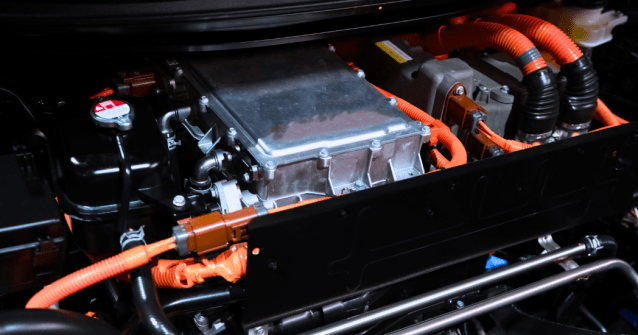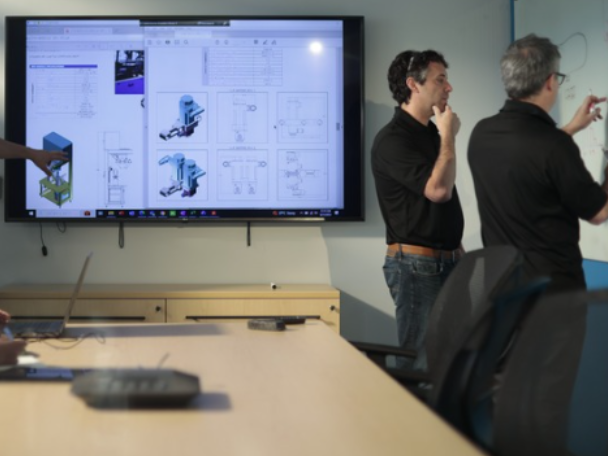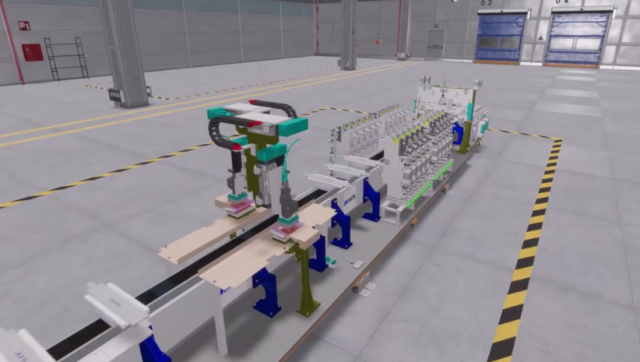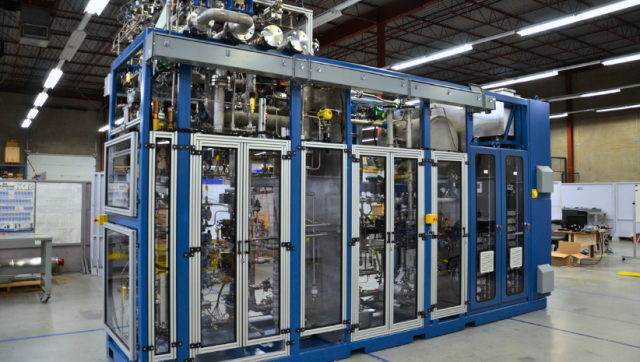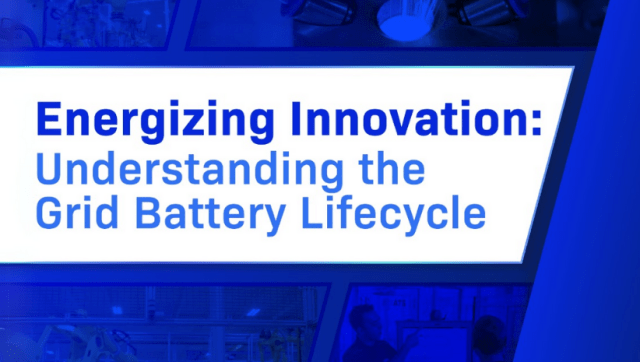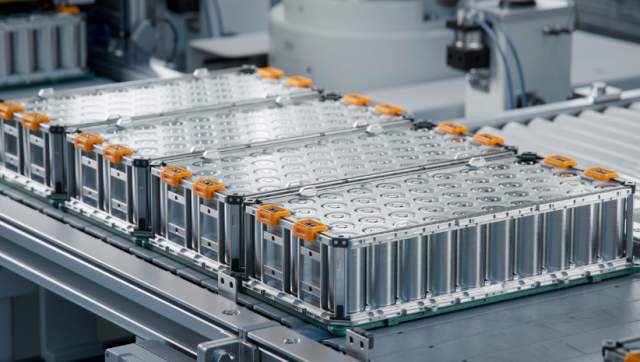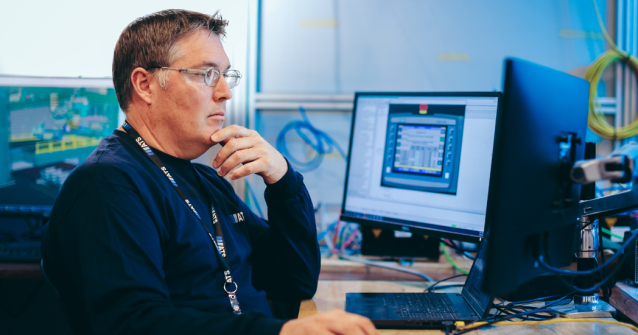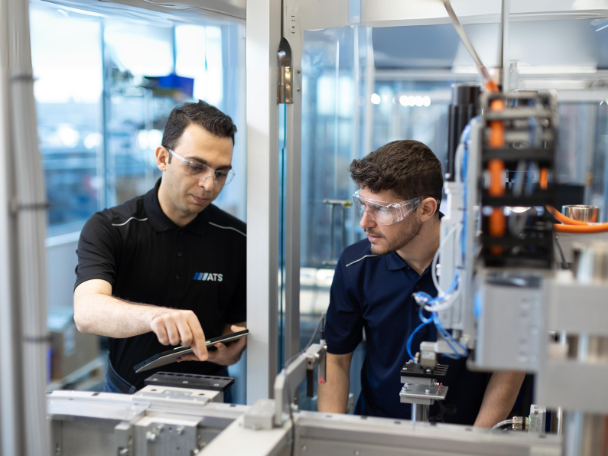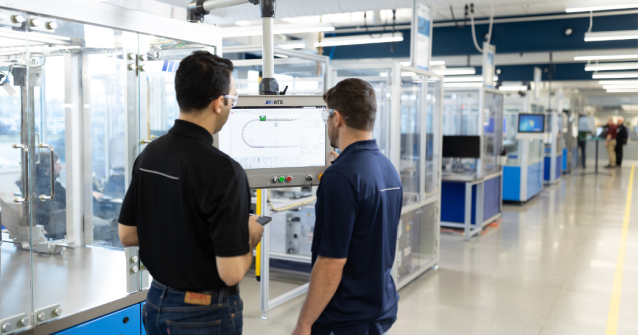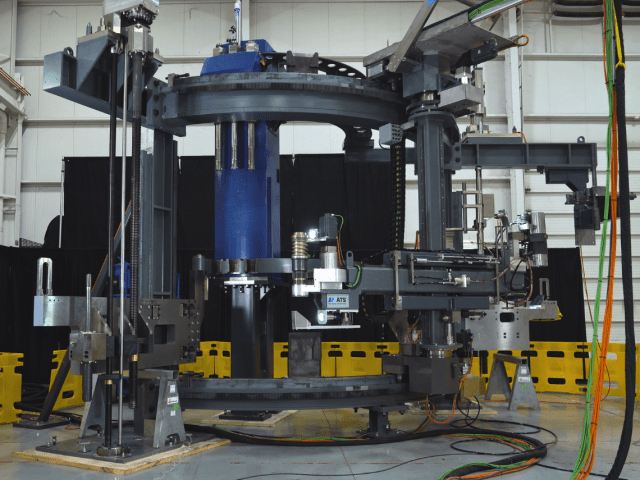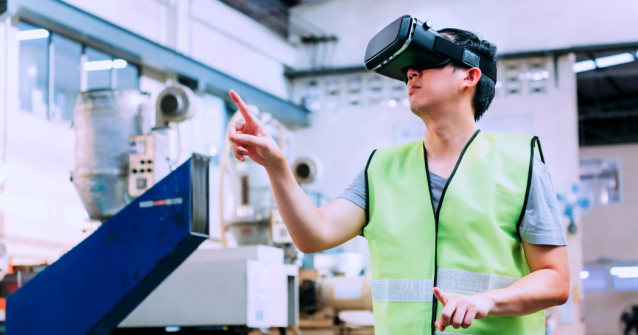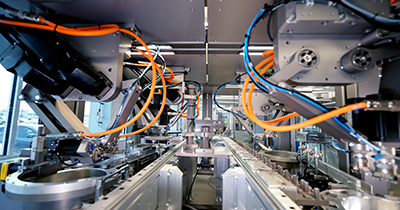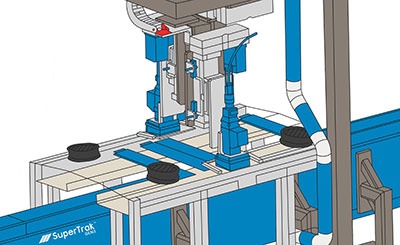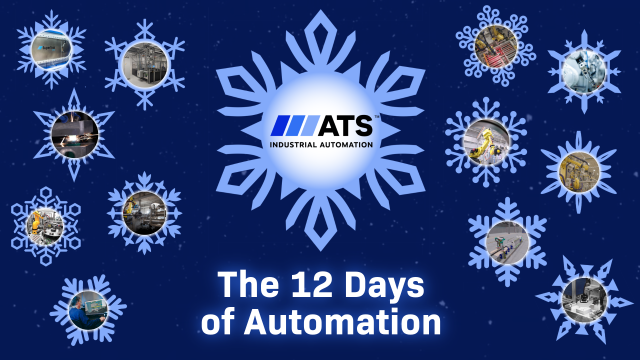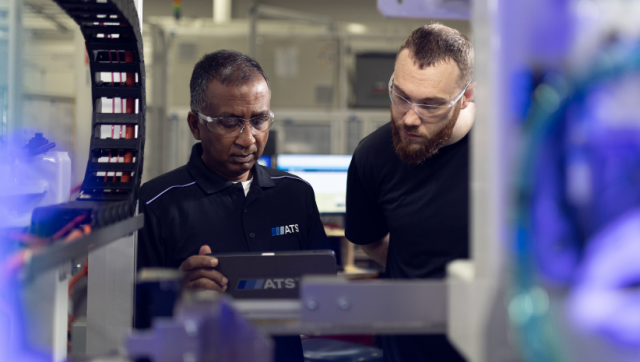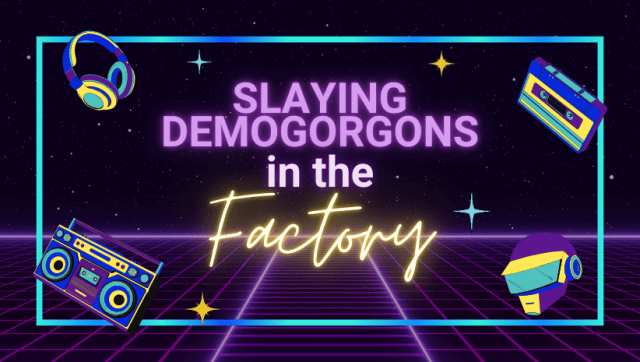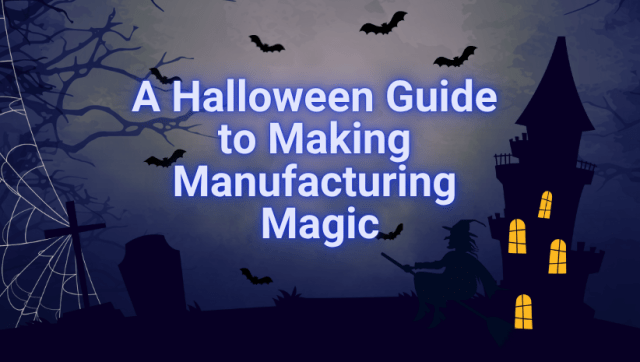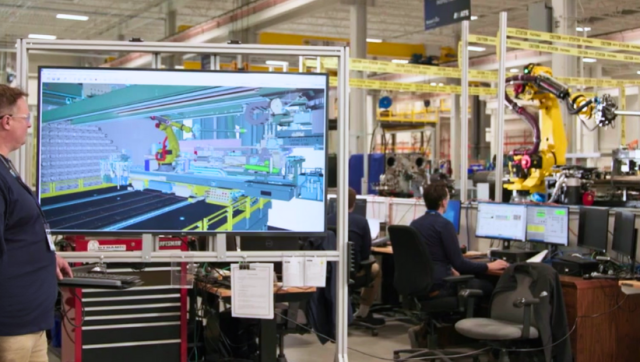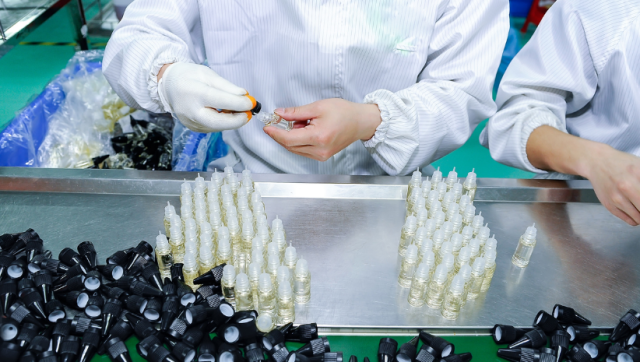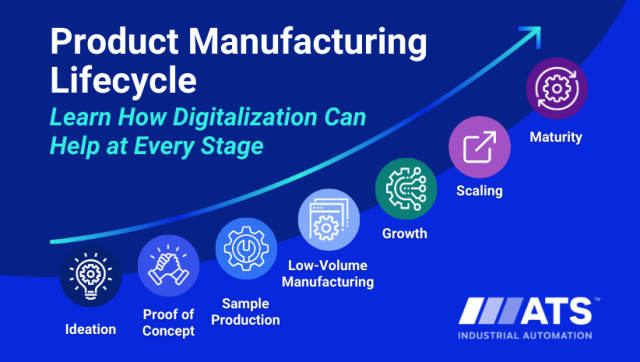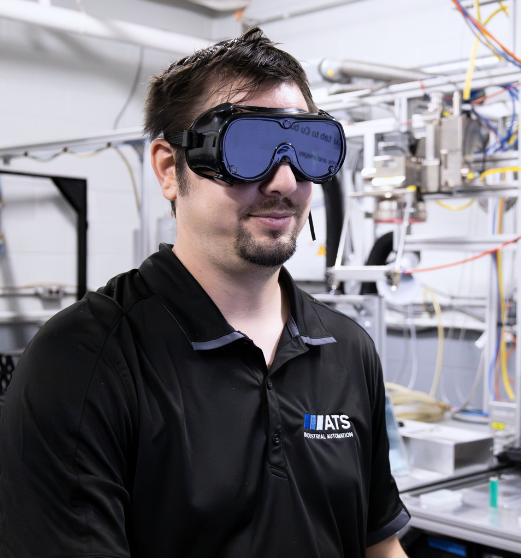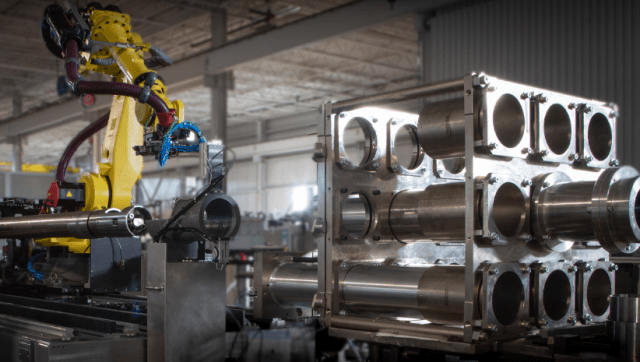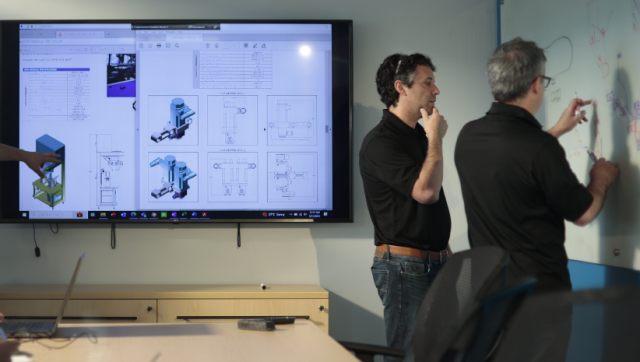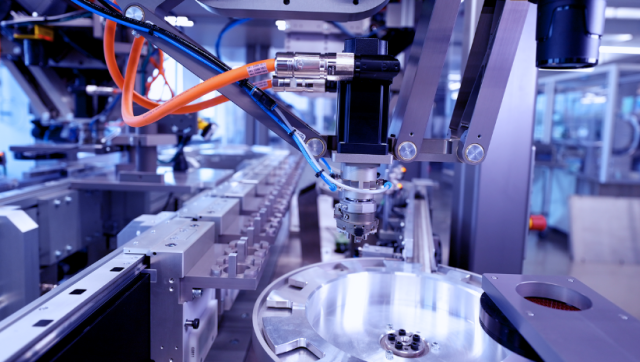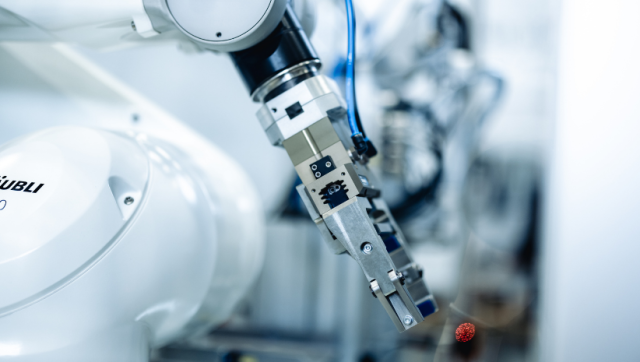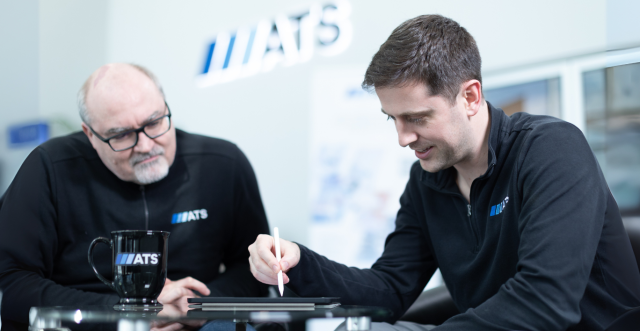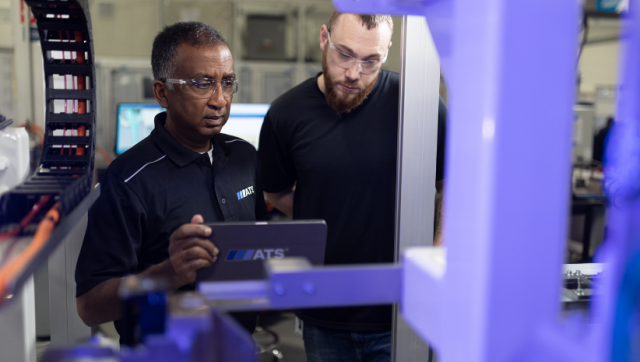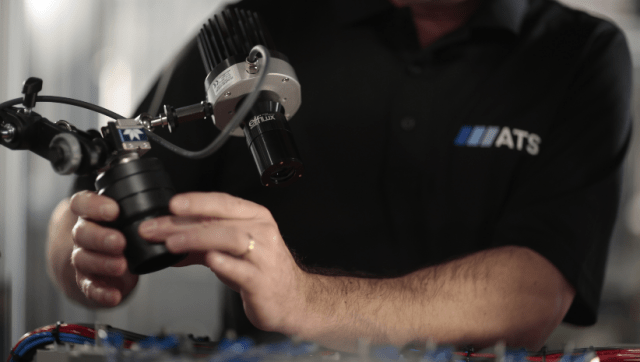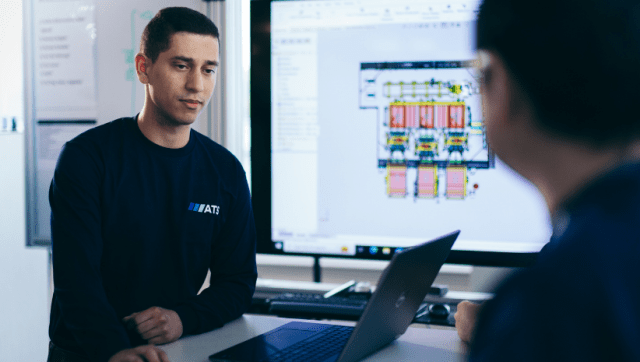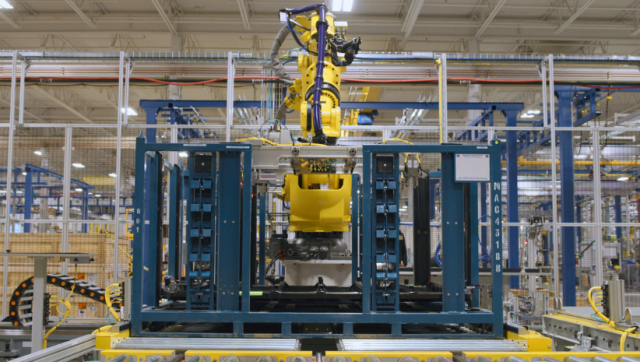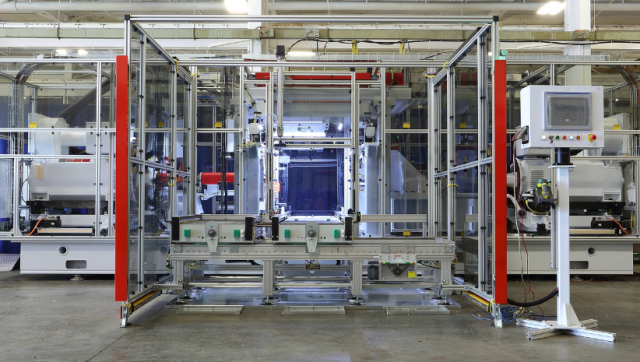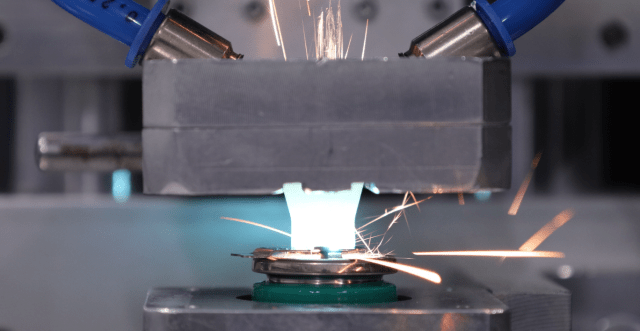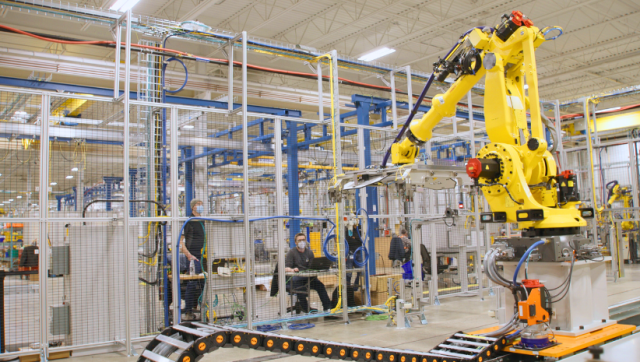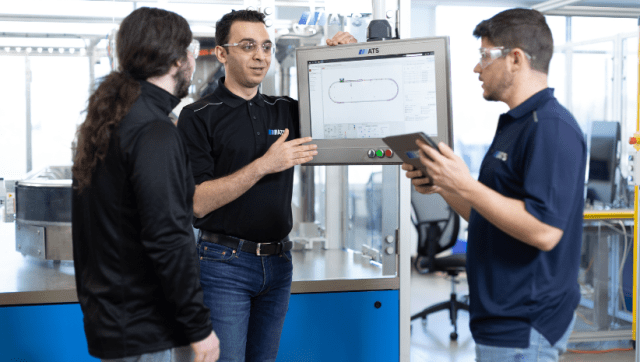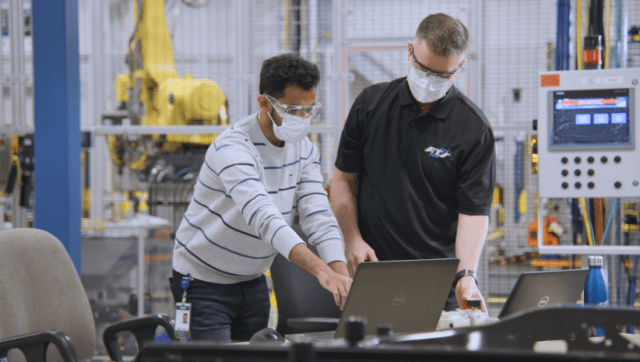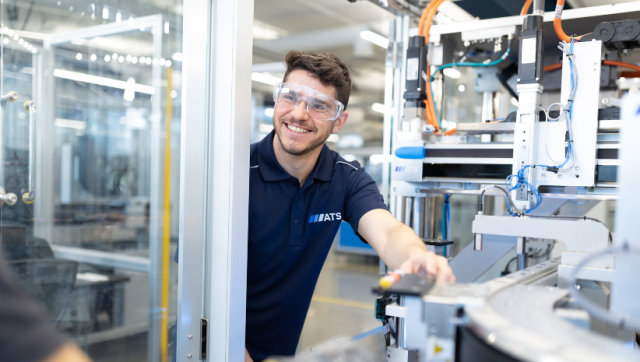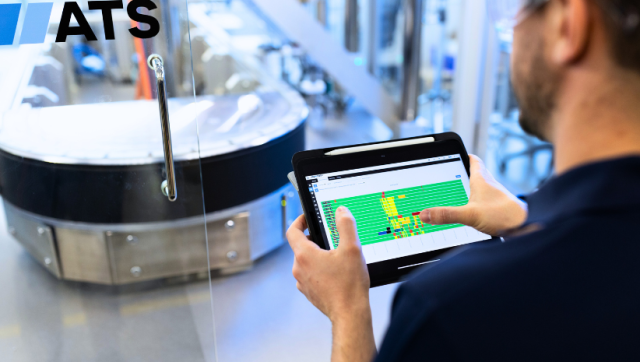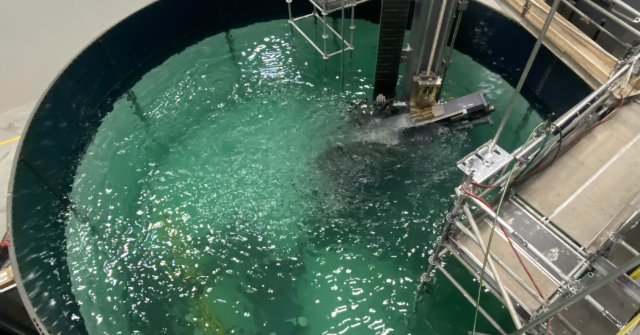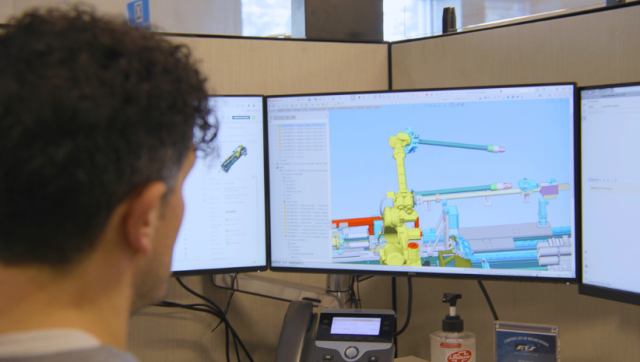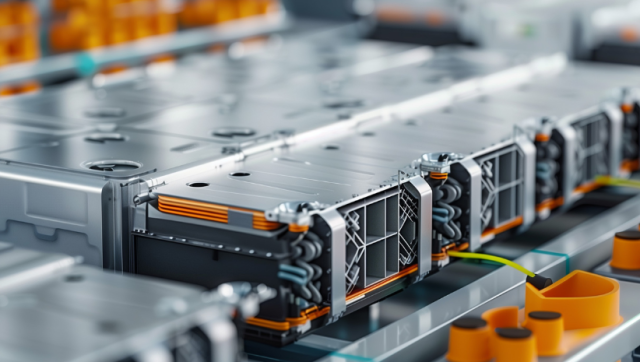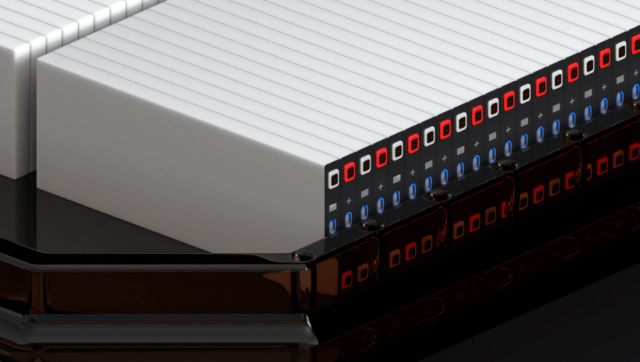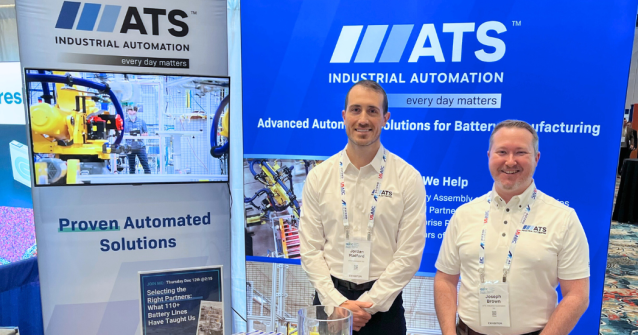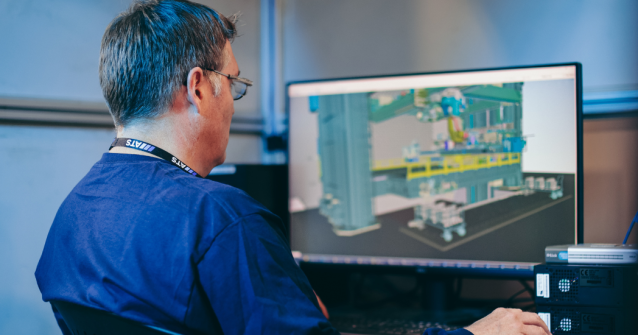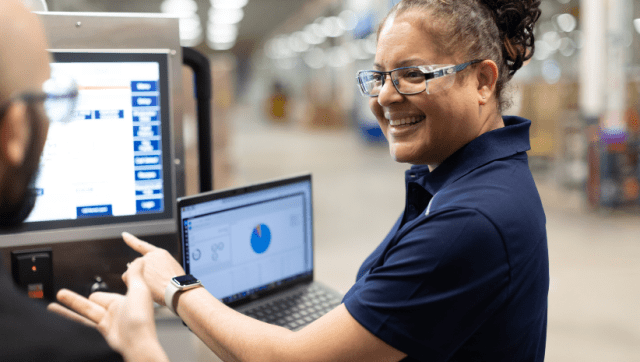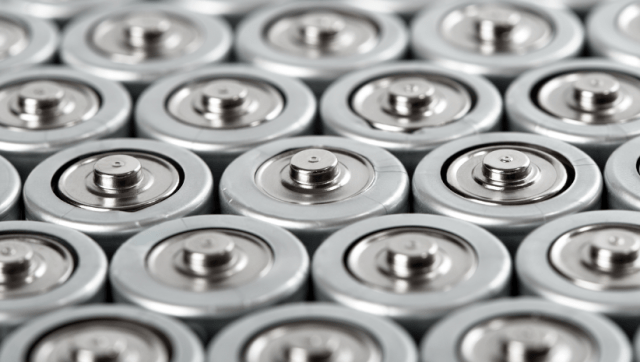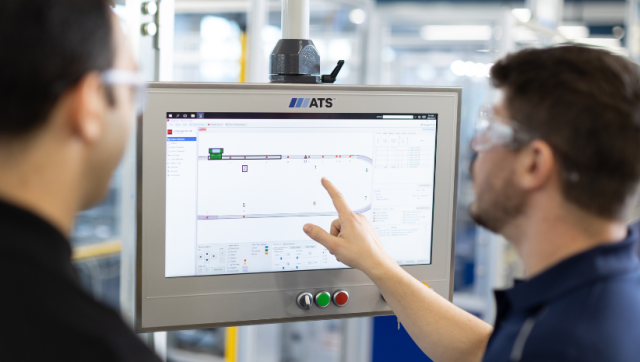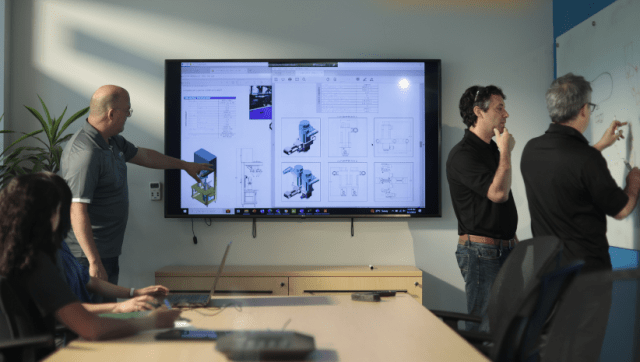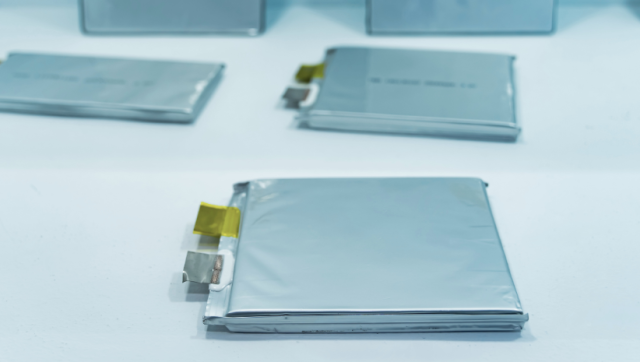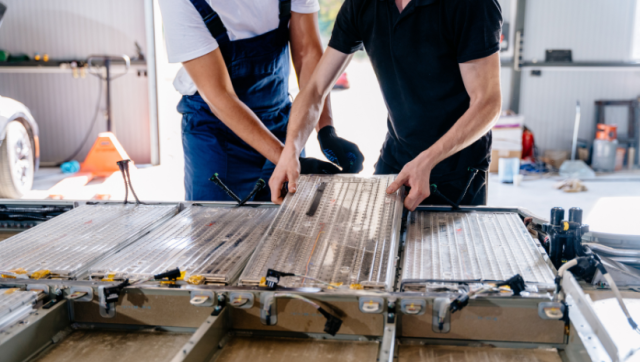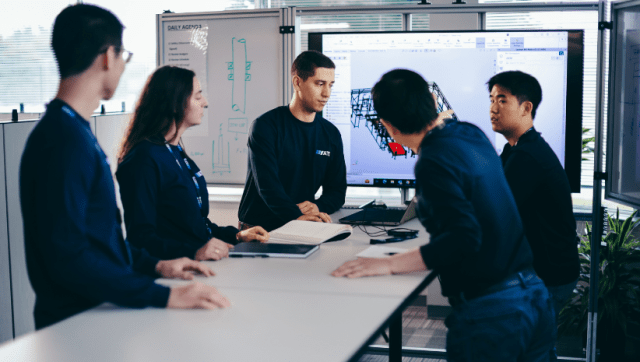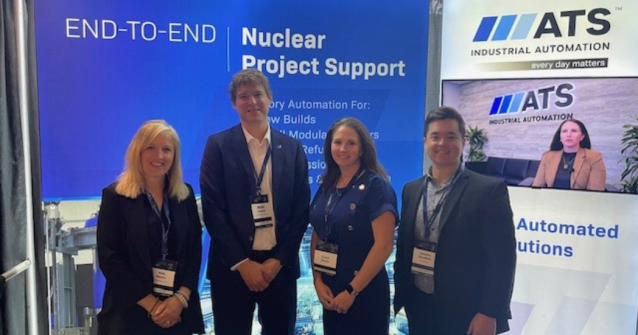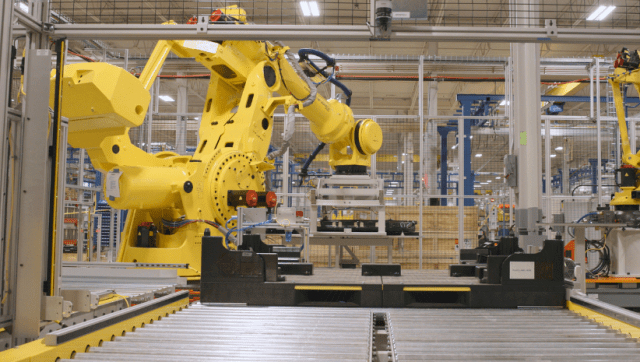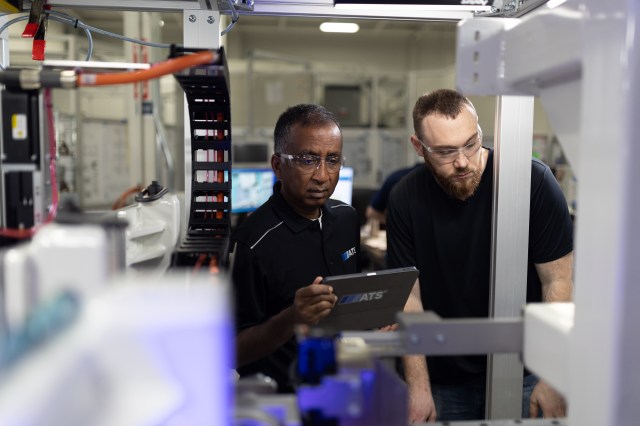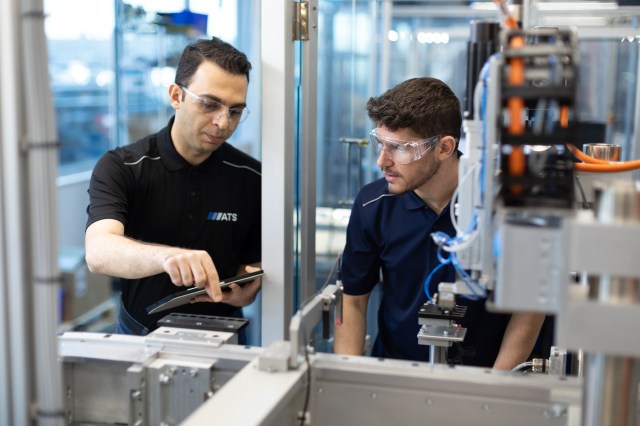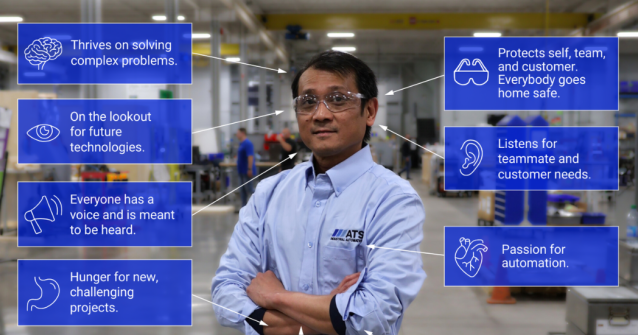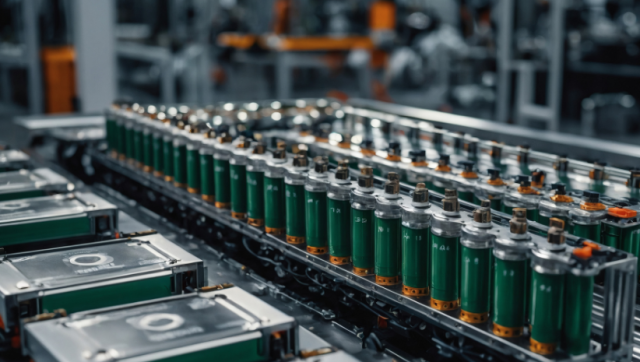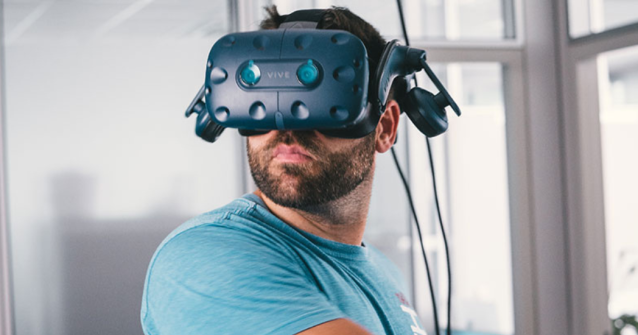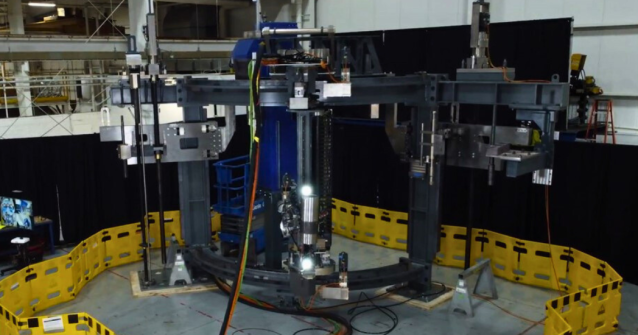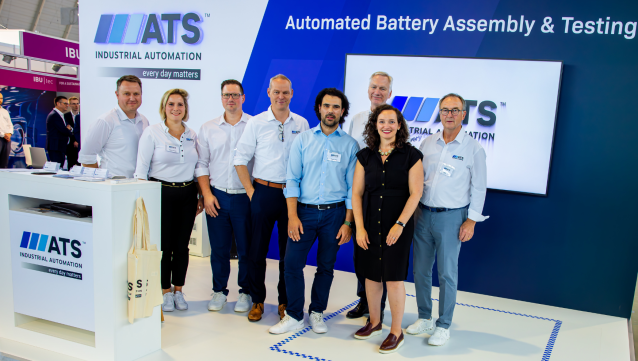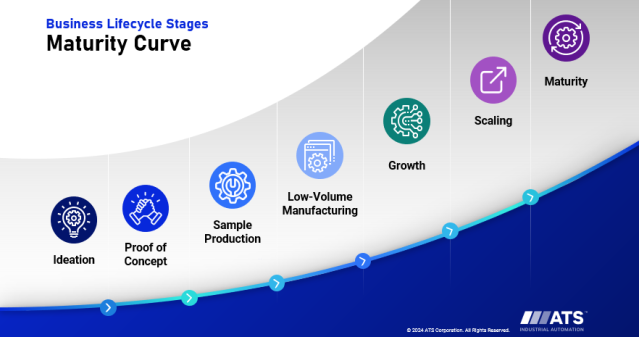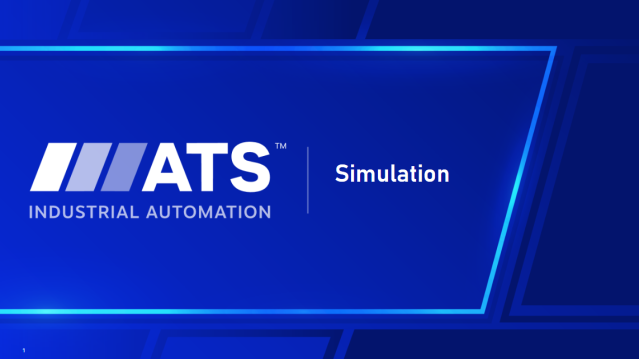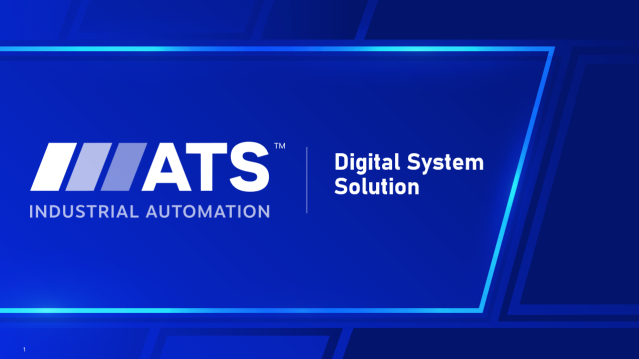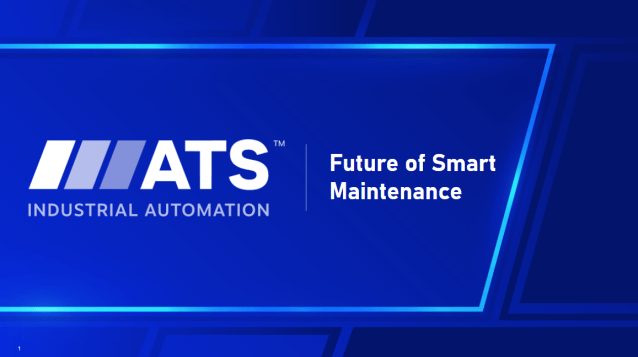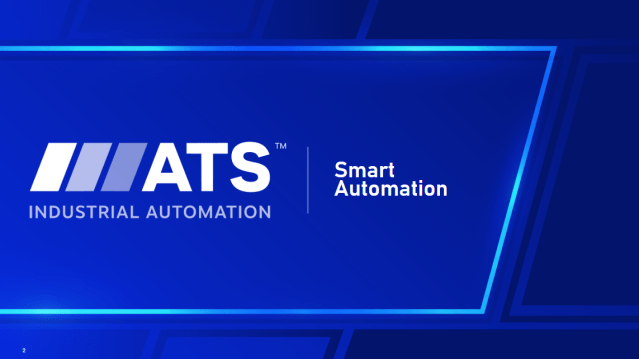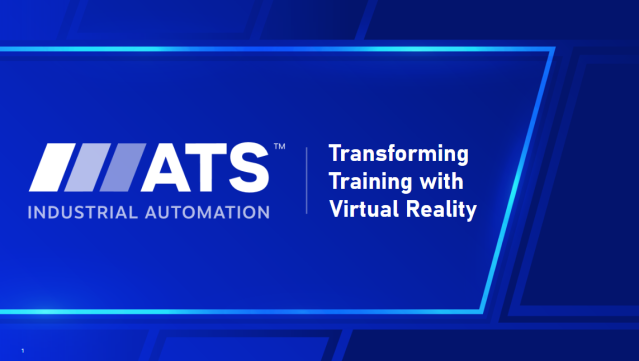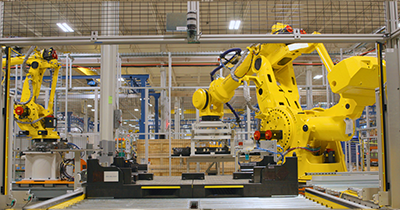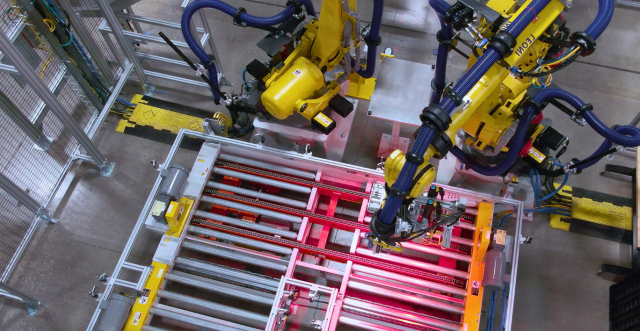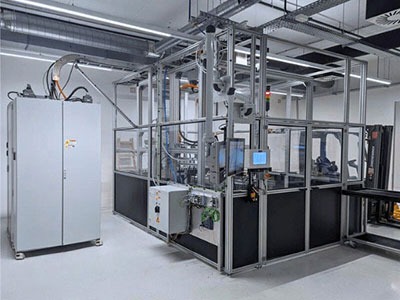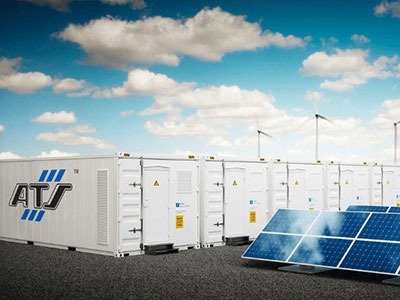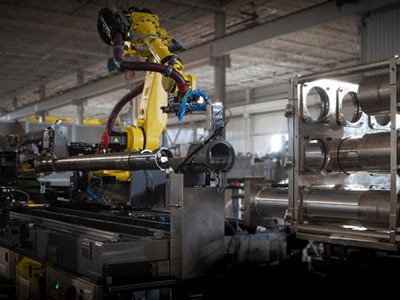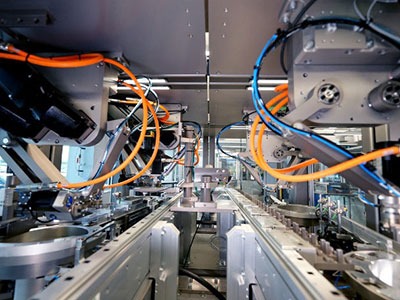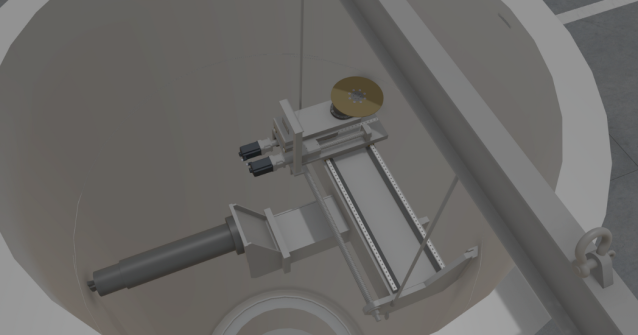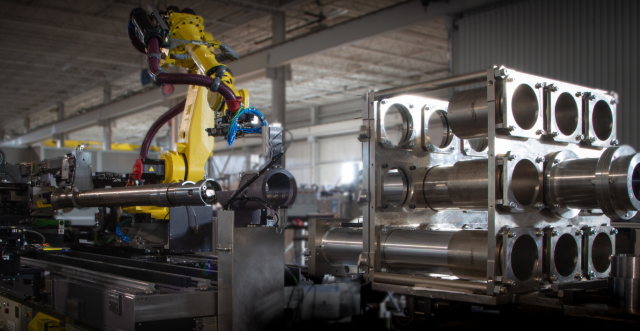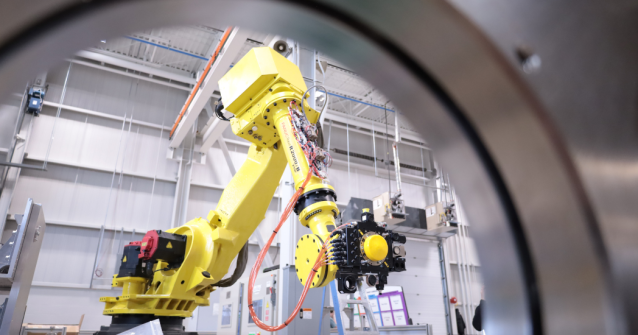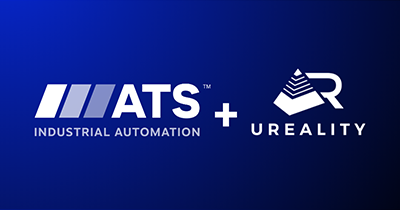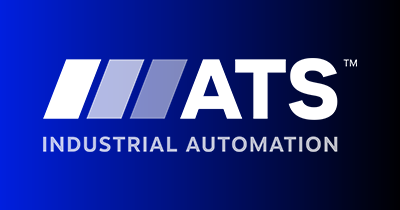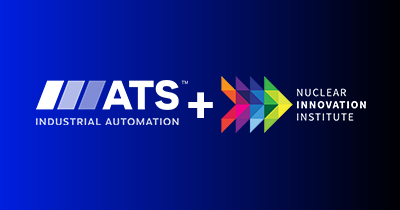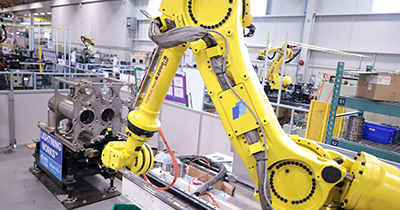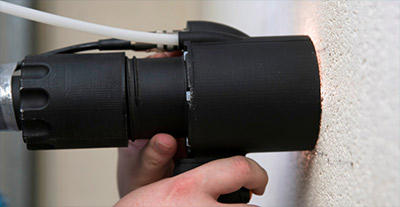Battery manufacturing is quickly becoming a cornerstone of the green energy market. According to a report by the International Energy Agency (IEA), battery manufacturing has more than tripled in the last three years, and batteries will need to lead a sixfold increase in global energy storage to meet 2030 targets identified by the COP28 United Nations Climate Change Conference. Grid battery energy storage systems (BESS) are also playing an integral role in improving grid resilience.
As battery manufacturers strive to meet this growing demand, it’s crucial to choose the right automation partner. Those with access to an experienced partner will be better suited to optimize product designs for manufacturing, enhance production efficiency, and reduce time to market. Here, we outline key questions to ask a potential automation partner to ensure they can help you navigate battery production now and in the future.
Does the Automation Partner Understand Core Technologies in Grid Battery Manufacturing?
The automation partner should demonstrate a deep understanding of the key technologies involved in grid battery production, such as high-speed assembly. Manufacturers should also consider the partner’s know-how in specific areas like laser welding, safety standards, integrating advanced robotics and high level of flexibility and can adapt to unique manufacturing process. Manufacturers can bring their safety director or plant safety manager to tour the partner’s facility and assess their commitment to safety and regulatory compliance.
Red Flags to Watch For:
- Basic Responses: Answers that lack detailed explanations of how the partner handles specific technologies should raise concerns.
- Inadequate Safety Measures: If the partner’s facility lacks visible protocols, like personal protective equipment (PPE), or they cannot articulate their approach, it may signal an insufficient commitment to safety standards.
Good Answers to Look For:
- Detailed Case Studies: A good partner will share specific samples of previous projects that implemented high-speed assembly, laser welding, or other relevant tech for grid battery manufacturing.
- Technical Expertise: The partner needs to demonstrate they can integrate automation technologies into the manufacturer’s processes to optimize production and ensure product quality. This can be done through tools like digital twins, SolidWorks, or 3D views of demonstrated processes.
- Safety Considerations: Battery manufacturing involves unique safety requirements to protect employees and ensure compliance. The partner should have experience with battery safety protocols, including clear mitigation strategies to prevent electrical shock and manage thermal runaways.
Can the Automation Partner’s Services Reduce the Manufacturer’s Need to Invest In-House?
Manufacturers need to consider how the partner can support the organization, from collaborating with the project team to providing technical expertise the manufacturer may lack. A good partner will offer problem-solving workshops and Kaizen events to develop solutions alongside the manufacturer. This collaborative approach ensures the partner not only supports those internal needs, but also equips the manufacturer with the information and skills needed to sustain the improvements.
Red Flags to Watch For:
- No Specific Examples: If the partner cannot point to past projects where they directly collaborated with customers, they may lack experience in the industry.
- Lack of Comprehensive Offerings: If the potential partner often relies on other suppliers for specific technologies in automation projects, they likely don’t offer turnkey solutions.
- Inadequate Collaboration: If the partner does not emphasize teamwork, they may not approach automation projects with a partnership mindset.
Good Answers to Look For:
- Collaborative Approach: The partner should share how they work with customers, including using Kaizen events to identify and solve challenges early. This shows their commitment to empowering the manufacturer even after the project ends.
- Technical Expertise: The partner needs to demonstrate how they provide solutions for specific challenges, such as laser welding. A good partner will also mention any proof of principle (POP) processes or benchtop models used to validate the solutions.
- Proactive Methods: Engaging a partner with commitment to collaboration can help manufacturers save time and expenses in the long run—from identifying potential manufacturing issues early to comprehensive training.
Can the Partner Deliver Turnkey Automation Solutions?
Manufacturers must consider whether the partner is accustomed to delivering automation offerings — from design to implementation. Manufacturers should inquire about the partner’s experience in integrating various automation technologies, including line and control integration capabilities. By engaging a partner with a comprehensive approach to automation, the manufacturer can optimize production, drive product quality, and better uphold safety standards.
Red Flags to Watch For:
- Limited Services: If the partner only offers a narrow range of services, they likely cannot support the manufacturer’s growing needs effectively.
- Basic Answers: Partners that give vague responses and don’t share how they handle line and control integration is a major red flag.
- Insufficient Resources: If the partner hesitates to let the manufacturer interview their project management team, controls engineers, or technicians, it’s possible they don’t have the necessary resources to deliver turnkey automation.
Good Answers to Look For:
- Proven Integration Capabilities: The partner needs to show how they integrate automation technologies into one system. This demonstrates their ability to manage complex projects.
- Resource Availability: The partner should be able to mention the number of technicians and controls, design, and electrical engineers on staff, underscoring their capacity to handle large-scale projects. As well as the ability, to expand and contract resources quickly.
Can the Partner Scale with the Company as Demand Grows?
Manufacturers must consider whether the potential partner can handle automation for high-volume production and—eventually—deliver sufficient gigafactory equipment, and support parallel development of multiple locations. As demand grows, it’s critical for manufacturers to evaluate the partner’s ability to support global programs, manage extensive resources, and adapt to increasing production needs.
Red Flags to Watch For:
- Limited Space or Resources: If the partner has only one facility, a small team, and cannot currently expand operations, they may not be able to support major automation programs.
- Hesitant to Provide Information: If the partner doesn’t facilitate interviews with their project management team, engineers, or technicians, they might not be able to adequately deliver gigafactory equipment.
- Poor Partnerships: Smaller partners that lack established relationships with suppliers may not be able to scale effectively.
Good Answers to Look For:
- Demonstrated Scalability: An experienced partner can explain how they successfully scaled operations and personal in previous projects and show they can tackle increasing production needs.
- Capacity for Expansion: The potential partner would highlight their ability to expand operations, including their network of facilities and partnerships.
- Proven Track Record: A good partner will talk about how they’ve created, built, and delivered large-scale automation programs. This gives the manufacturer confidence the partner can support the company as it grows.
Can the Partner Overcome Challenges in Battery Manufacturing?
Manufacturers must consider whether the partner has solved common challenges associated with optimizing battery manufacturing and meeting critical timelines. This involves assessing the partner’s ability to handle complex manufacturing tasks and their understanding of the time it takes to optimize production.
Red Flags to Watch For:
- No Proactive Approach: If the partner does not leverage design for manufacturability (DFM) and can’t say how they’ve delivered automation systems on time, they may lack industry experience.
- Limited Understanding of Schedules: If the partner does not understand the time it takes to optimize critical processes, they won’t be well-equipped to support the manufacturer’s operations.
Good Answers to Look For:
- Demonstrated Expertise: A good partner will show they have successfully overcome specific battery manufacturing challenges. Examples include validating processes through rigorous testing methods and developing unique material handling situations.
- Ability to Meet Timelines: The partner should understand the time required to implement the solution. An automation company that prioritizes POP processes and DFM principles will help the manufacturer solve potential issues early —minimizing recalls, downtime, and costs.
Battery manufacturers looking to scale their operations as global demand grows need the right automation partner at their side. An ideal partner will not only bring a wealth of industry know-how — they’ll also work collaboratively, helping ensure your product designs are optimized for manufacturability. By leveraging the partner’s experience and global resources, manufacturers can enhance production efficiency, save critical time and expenses, and achieve market success.
Ready to learn more about how an automation partner can help you navigate the complexities of battery manufacturing? Fill out the form above to download our free eBook, which offers detailed guidance to support your battery manufacturing journey.
Download our Free eBook to learn more about navigating challenges in the battery manufacturing lifecycle.

Dave Kelly
VP of Sales
ATS Industrial Automation
Dave is a seasoned expert in automation and battery manufacturing with over 37 years of experience. He has helped companies across numerous industries to automate and optimize production and works with customers to configure services and systems to build and scale production and drive operational efficiency.



